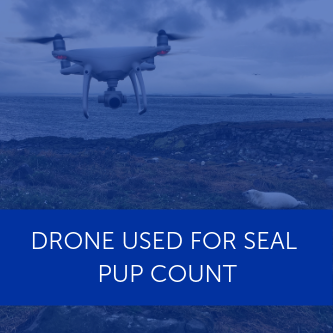
News
Published on 14 Jan 2019
James Willoughby
Drone used to count seal pups for first time
A drone has been used for the first time to successfully help count Atlantic grey seal pups at the Farne Islands, which have reached record high numbers. ... Read More
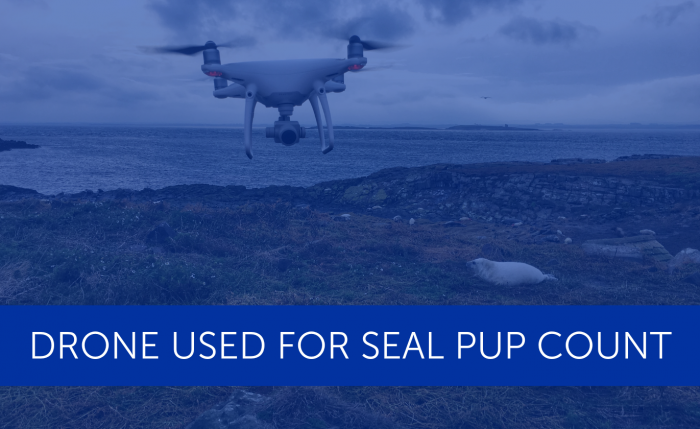
A drone has been used for the first time to successfully help count a colony of Atlantic grey seal pups, which have reached record high numbers.
Ritchie Southerton, of Ritchie Southerton Photography, turned to UAV specialist Heliguy to purchase a DJI Phantom 4 Pro for the important job on the Farne Islands, off the Northumberland coast.
The count took place during November and the recently-published results make for extremley good reading - with the number of juveniles born at the beauty spot increasing by 50 per cent in five years.
With the help of the drone, National Trust rangers counted 2,602 seal pups this time round, compared to 1,740 in 2014. A large amount of sand eels (the seals' favourite food) and few predators are thought to be behind the increase in numbers.
TURNING TO DRONE TECHNOLOGY FOR THE COUNT
For the first time, following a successful trial in 2017, rangers used a drone to help make the Farne Islands count more accurate and efficient and less stressful for the seals.
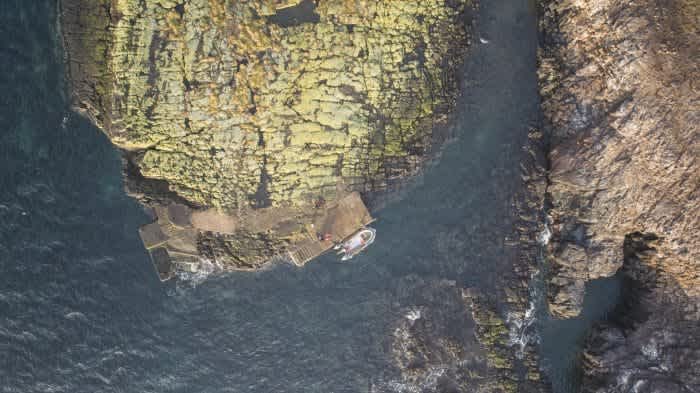
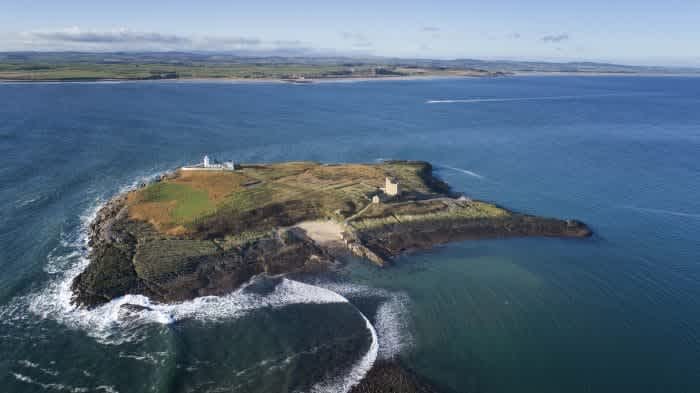
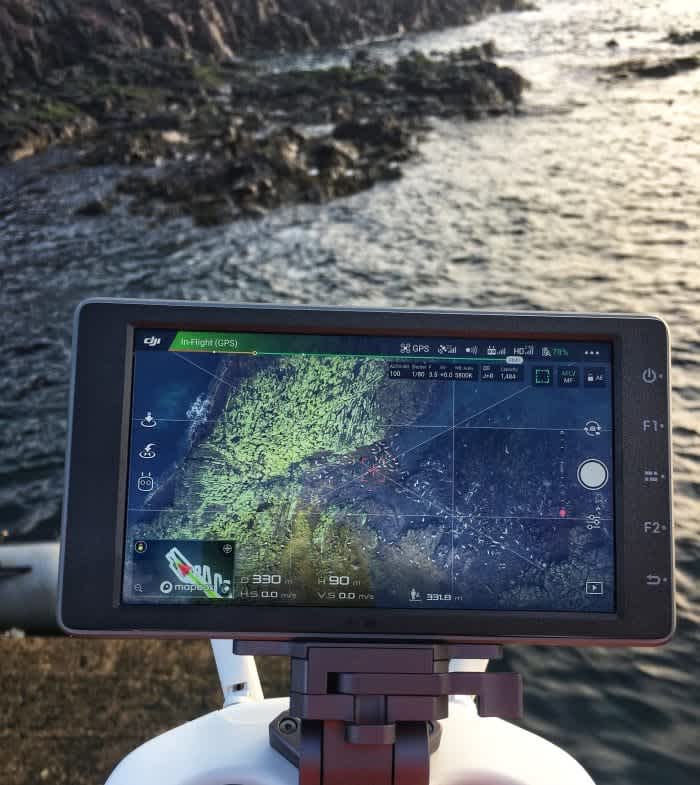
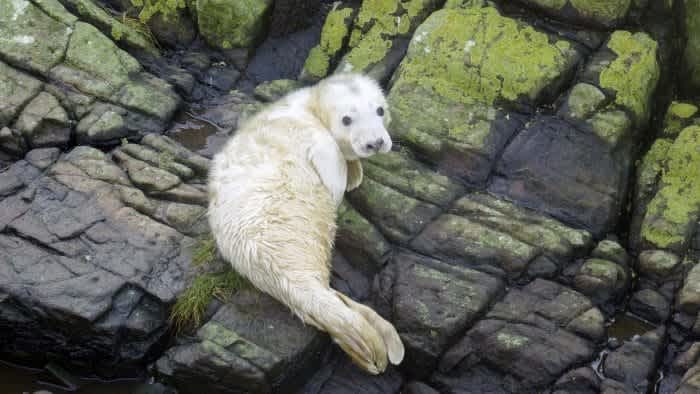
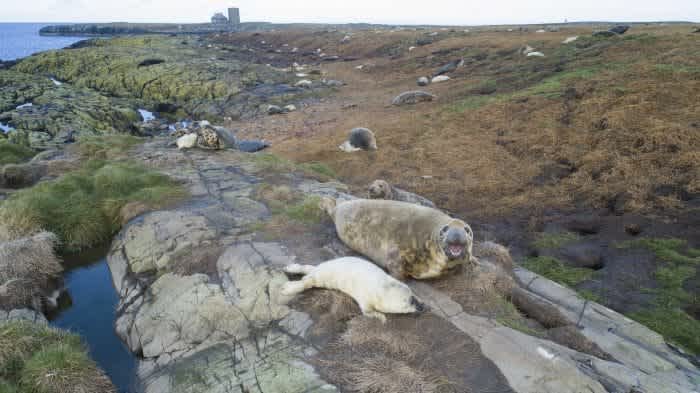
Ranger Thomas Hendry said: “The drone gave us an excellent view of the islands and from the clear images we could count the total numbers of seal pups on each island. As the footage was taken while we were spraying, we used the image counts to check against the numbers we got on the ground.
“It also allowed us to see onto the smaller islands which are more challenging to land in difficult sea conditions."
Reflecting on the seal pup count, Ritchie - a commercial drone operator since early 2015 - said that the mission had gone well and reinforced just how useful the drone was in the survey.
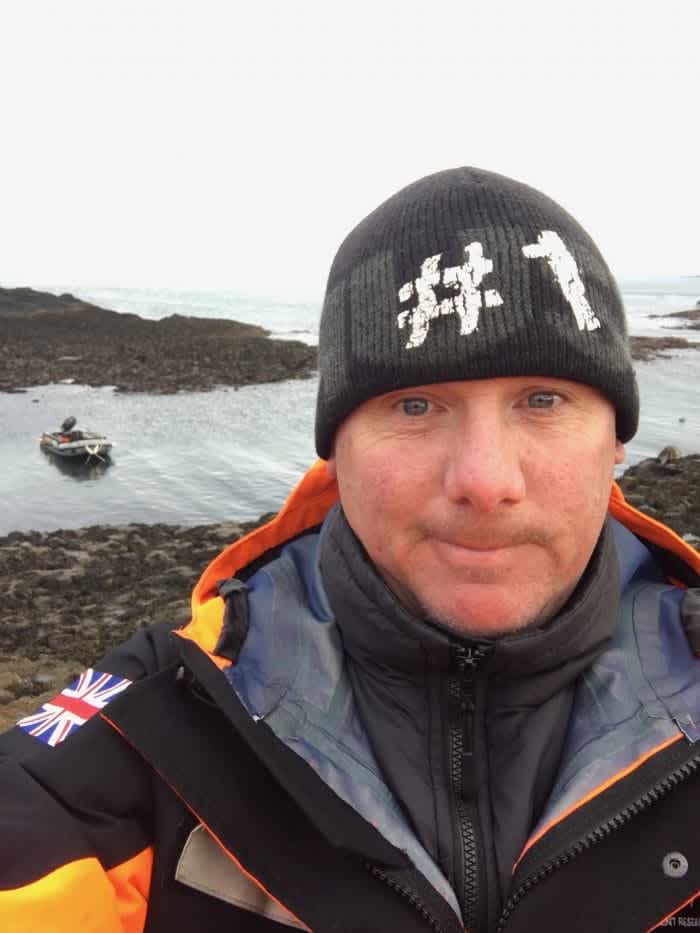
"The drone, which was compact and easy to transport, helped with the accuracy of the count and it allowed me to fly over the seals and get close to them without disturbing them, which was less intrusive for them and safer for us - as the mother seals can get quite protective and are prone to chasing you.
"The drone also helped to save time - on the first day, the drone counted 200 more seals than what was achieved on foot.
"To help count the seals, we put a grid over the images the drone captured and counted the seal pups at the end of every day."
Ritchie Southerton
One of the most impressive features of the DJI Phantom 4 Pro is its camera, which has a 1” CMOS sensor and is capable of capturing 20MP stills and boasts aperture control and a mechanical shutter. There is also support for 60fps 4K footage.
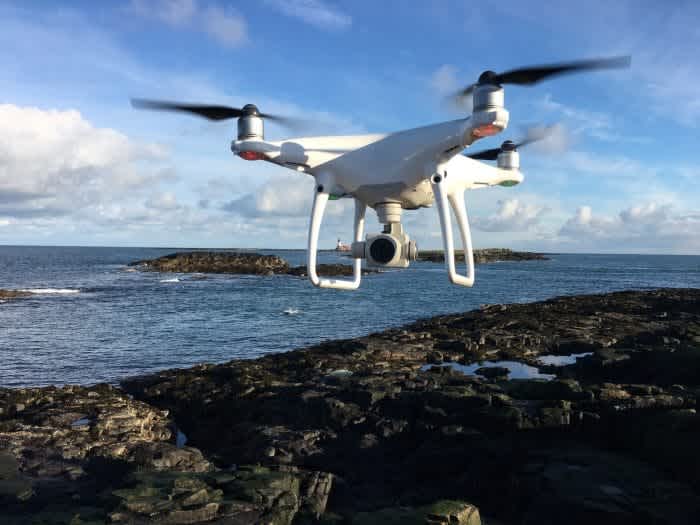
Ritchie says he was suitably impressed with the standard of the camera, describing it as faultless. And by looking at this image gallery, it is easy to see why he was delighted with the crystal-clear images.
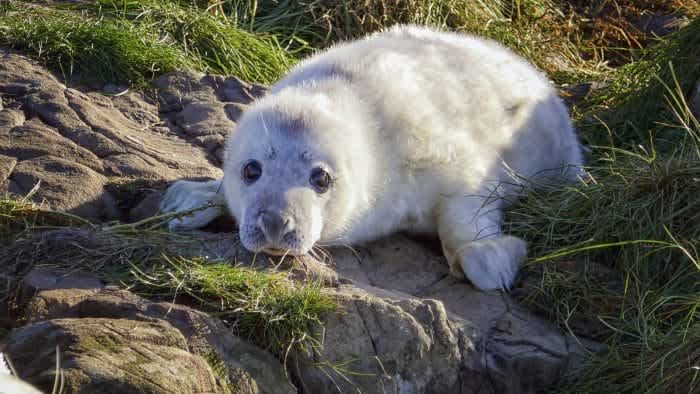
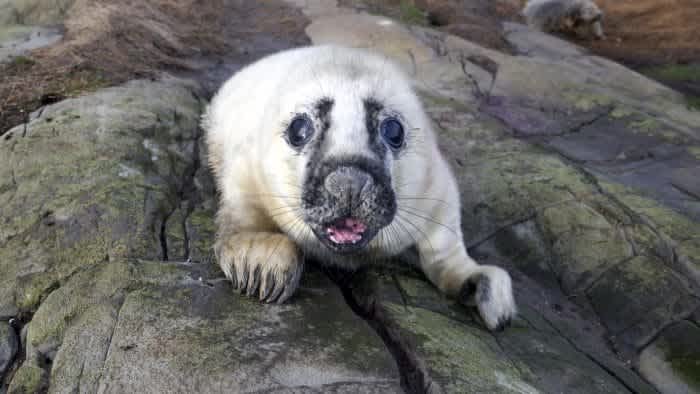
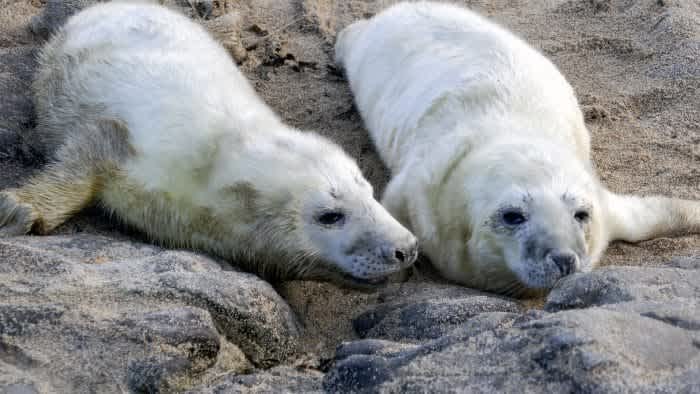
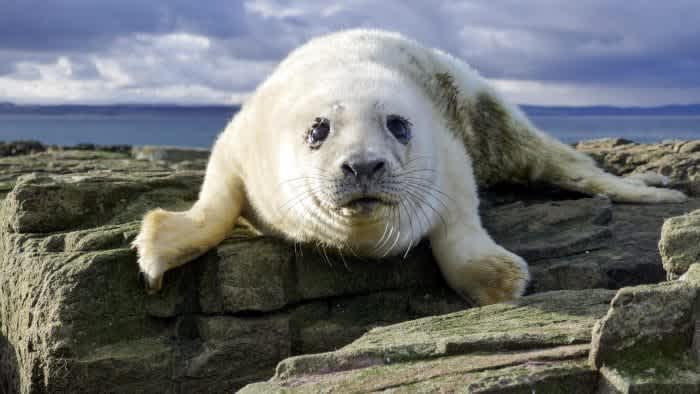
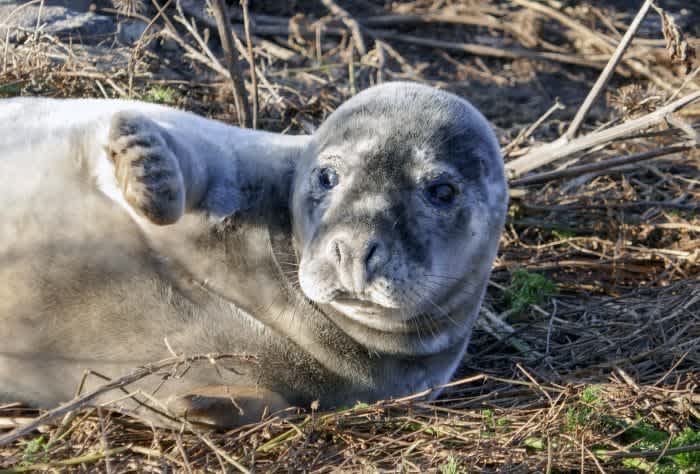
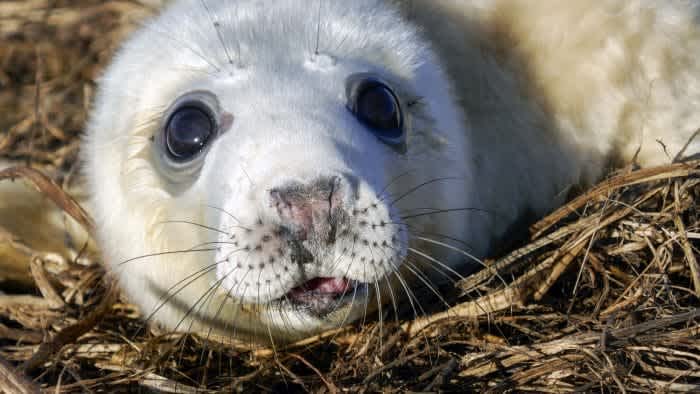
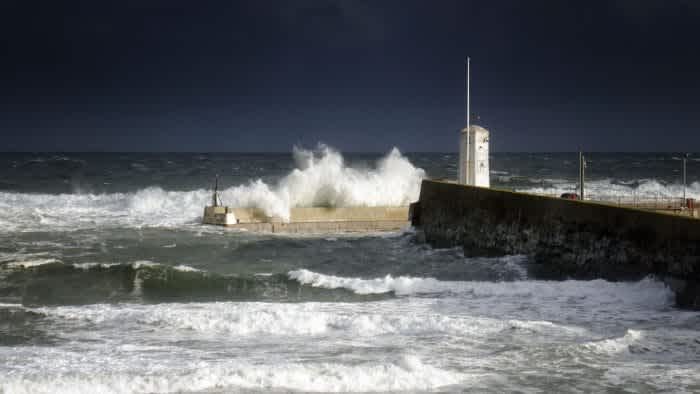
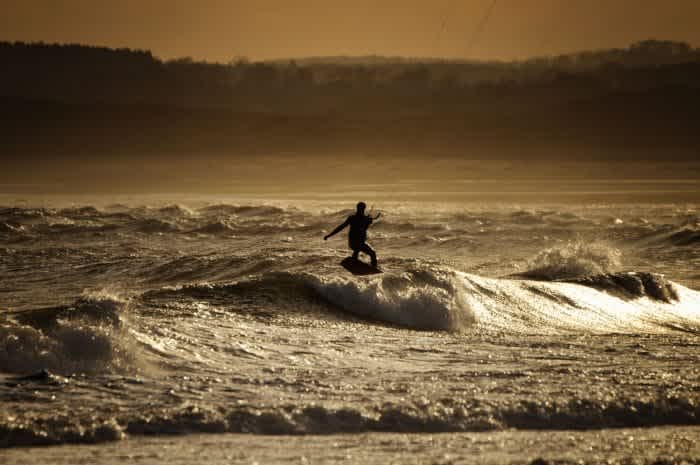
Praising the Phantom 4 Pro further, Ritchie said: "Its compact size makes it so useful when working in harsh environments or from small boats, but you can still achieve amazing results with such a cost-effective platform.
"The Phantom 4 Pro was the perfect choice, due its compact size, which makes it incredibly portable. It also has a very good camera with good battery life with 25-30 minutes of flying time and it worked faultlessly operating from a small boat and in damp conditions from staying on the islands for five weeks."
In total, Ritchie conducted 71 flights over an 18-hour period, covering 189,742 metres and capturing 4,000 still images, helping to count just over 2,600 seal pups.
Great news for the Farne Islands
The news that the number of Atlantic grey seal pups on the Farne Islands have increased dramatically has been hailed as 'a milestone'.
A flourishing population of seal pups is also a sign that the sea surrounding the Farne Islands is in good health. Several areas of the sea are protected and fishing has been limited.
The dedicated National Trust rangers, who live on the islands for nine months of the year, count the seals every four days in the autumn once the pupping season begins. They spray them regularly with a harmless dye during this time.
Video by the National Trust
Ranger Thomas said: "A lack of predators and a plentiful supply of sand eels – which makes up about 70 per cent of the seals’ diet – has helped bolster our seal pup numbers.
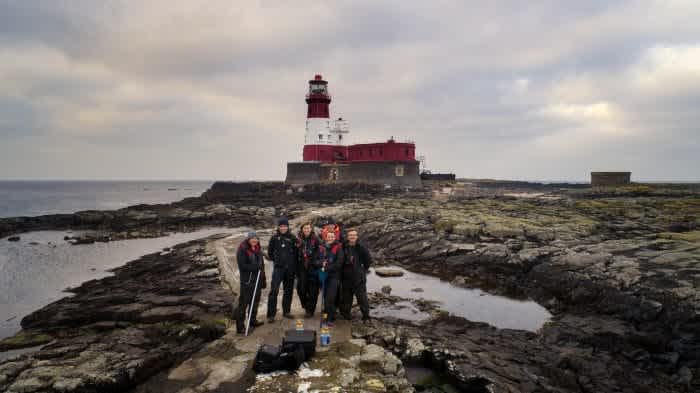
"This new record for the grey-seal colony is certainly a milestone and could be good news for the health of our seas around the islands.
"Over the next few years we will monitor the effect of a growing seal population and to manage the island habitats accordingly.”
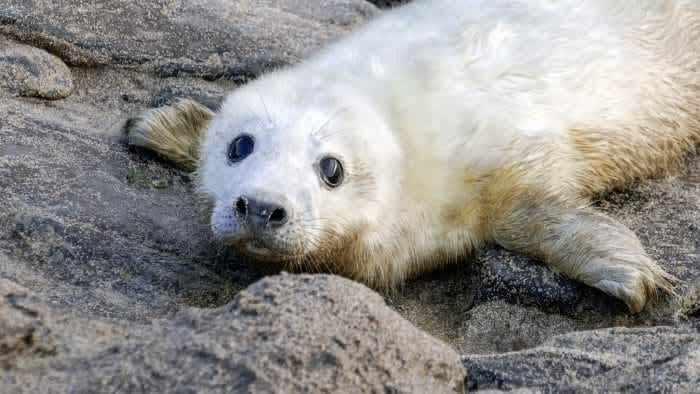
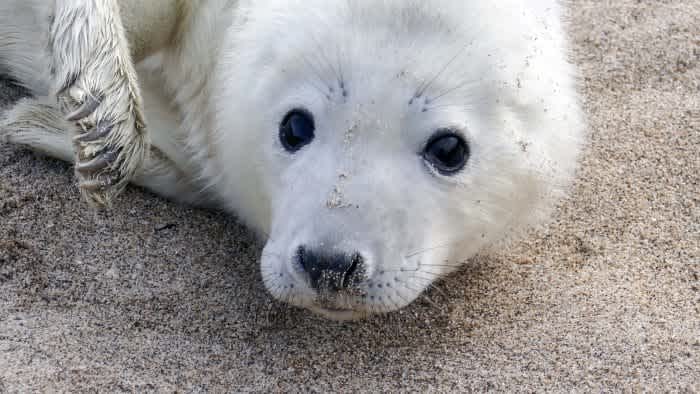
The rangers have also noticed that the seals have changed the place of their rookeries (breeding sites). Previously most of the pups were born on the islands of North and South Wamses, but now many seals try to breed on Brownsman and Staple islands, which offer better protection from storms and high seas.
Seal pup numbers have also hit record highs at Blakeney Point in Norfolk, where figures have reached 2,802 in this year’s count, compared to 2,000 in 2014.
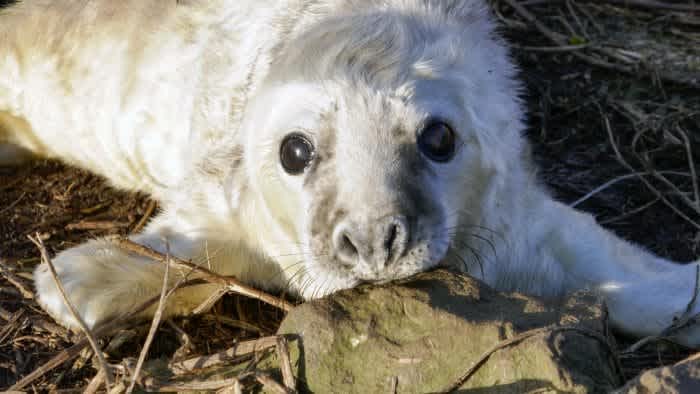
Did you know?
Seal pups are born with bright white fluffy coats. Although they can swim at an early age they don't normally leave the colony until they are two or three weeks old. This is when the seals shed their white coat and their dense waterproof fur has grown through.
There are around 300,000 grey seals in the world and half of them live in British and Irish waters. The grey seal is a protected sea mammal, so the increase in numbers at the Farne Islands, which is home to the UK's largest seal colony, is good news for the global population.
